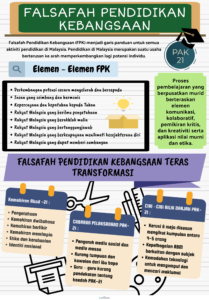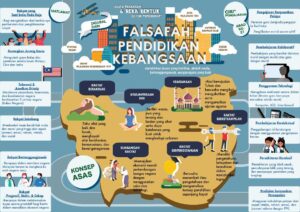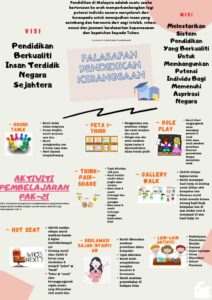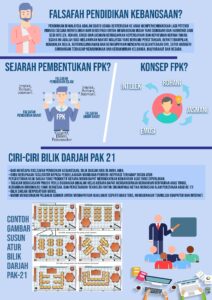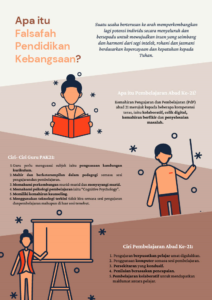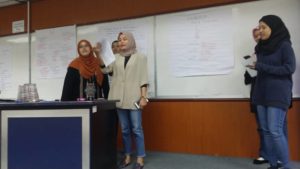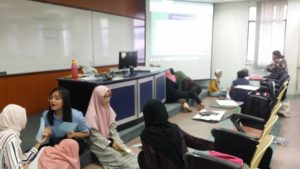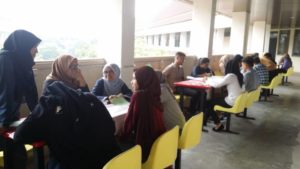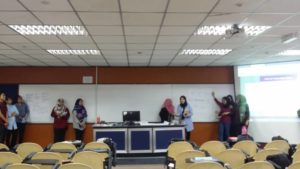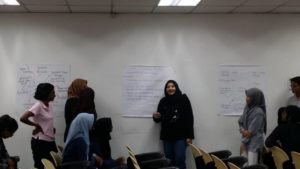It is a bit cliché to say that “Just do your best to create teaching materials for your class”. Well, everybody aims that but the real thing is, how far we are engaging students in learning process with the materials that we give or with the instruction that we give?
I never get full marks. That is the fact. But I never aim to get full marks when I create or craft my teaching materials for my students. It is just that when people ask me about “how to get 5 marks” for ELPPT bonus, I feel sad because I could not help them much in this thing.
But nevertheless, even though it is stated that the materials should be interactive yada yada yada, I do not know what it means. I am a bit slow in this but for this semester, one of the experiments that I do to improve my teaching is to use Padlet as a platform for students to showcase their presentation as well as discuss about the topic of presentation using asynchronous mode since some of them have to share devices and there are many of them have internet accessibility issues.
This is the example from one of my classes – CLICK. This is not considered as e-content.
Why does it not being considered as e-content?
ONE: Padlet is only used as a platform to collect and share students’ assignment. There is no interaction UNLESS we give an EXTRA instruction in which they have to give feedback on each assignment which is showcased in the Padlet. I did not do that. So, it is not considered as e-content.
TWO: The instruction given is too generic. You have to be more detail in giving the instruction. How to do this? First, think about “What is the thing that you want to accomplish – Is it students’ interaction? Is it just sharing information? Second, use simple, compact and concise wording. This is the most challenging part, for me personally. I am struggling with this. What I normally do is, I will brainstorm with another colleague how to rephrase the instruction. Sometimes, to have another person to brainstorm ideas is better than doing it alone. I am blessed to have such colleagues around me even though there are just a handful of them. Well, they are the best. It is most important. Quality. Not quantity.
